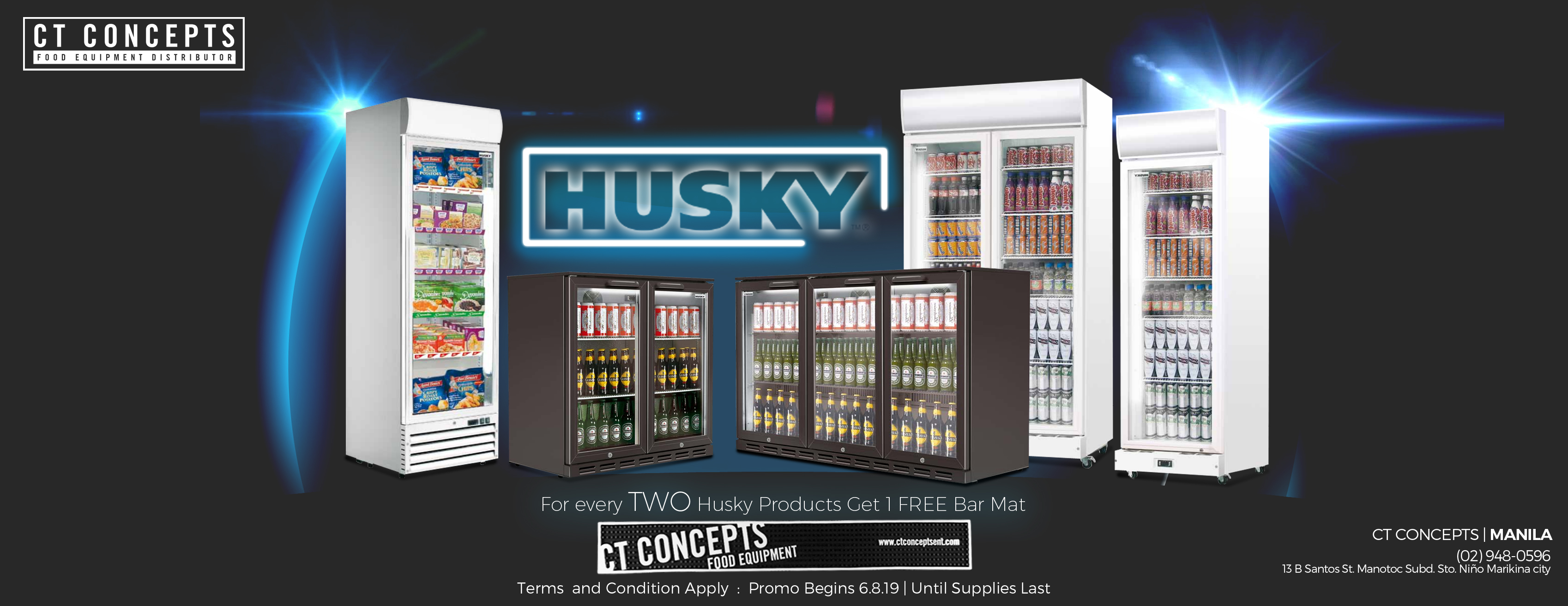Food Safety Guidelines (Freezers and Chillers)
Whether you have a small-scaled food business as food carts or bigger and more complicated food business as restaurants, these guidelines are important for you to keep your food items fresh and safe.
How to Keep Your Customers Healthy
There are laws and systems that have been established to help ensure that the food served in restaurants is safe. Bacteria grow very easily if given the chance. The local Health Department will send out inspectors to make sure that the chefs and servers are following the proper guidelines. Inspectors will issue fines for minor violations and can shut you down for major violations.
Working with Inspectors from The Local Health Department
The Heath Department will work with you to establish the correct systems and practices. The inspectors are often feared and dreaded (as they usually show up unannounced at the worst possible time), but most of the regulations have important ramifications for keeping food clean and safe. A system called HACCP – Hazard Analysis Critical Control Point consists of seven important steps to ensure food safety. This system was actually first designed to maintain food safety for NASA astronauts so you know this stuff works! The three main elements of the system are: food microbiology, quality control and risk assessment.
The 7 steps of HACCP are as follows:
- Assess hazards and potential risks.
- Identify critical control points including cross contamination, cooking, cooling, hygiene.
- Set up procedures to make sure safety is maintained at all critical control points.
- Monitor critical control points and use the correct signs, tools, and training materials to ensure this.
- Take corrective actions as soon as a critical control point is in jeopardy or when any violations are pointed out by the Health Department.
- Set up a record-keeping system to log all of your flowcharts and temperature checks
- Keep up with the system to make sure it is working.
Each food item served in your restaurant will need its own flow chart, which looks at every step of the food’s journey from being received into the restaurant from a purveyor to being served to a customer. The steps in between include storage, preparation, holding/display, service, cooling, storage of leftovers and reheating techniques. The Executive Chef will be responsible for these flow charts.
Avoiding Food Contamination
There are many safety procedures to follow when preparing food in your restaurant. One of the most important is to thaw frozen foods properly. You can cook food from its frozen state or by refrigerating it at under 38 degrees F. You may also thaw under running water at a temperature of 70 degrees F. or below for up to two hours. A microwave is another acceptable way to thaw foods, but only if the entire cooking period will be in the microwave or the food will be finished (immediately after microwaving) by another cooking method. Food items such as meats and poultry must be cooked to the correct internal temperatures. Thermometers are the best way to ensure accuracy of these temps.
Avoid Cross Contamination
Cross contamination is all too common in kitchens today. Be sure to clean and sanitize any equipment used to prepare food between uses and be particularly vigilant when handling a potentially harmful food such as raw poultry,beef or fish. There is a “danger zone” of temperature, 40 degrees F. – 140 degrees F., within which food bacteria multiply rapidly and can thrive. The temperature of food should be kept out of this zone as much as possible. The limit for time spent in the danger zone including all aspects of stora ge, preparation and service is 4 hours.
ge, preparation and service is 4 hours.
Food Storage
Storage is another way to protect your food from becoming contaminated or spoiled. There are rules for this area as well. Use the “first in, first out” (FIFO in accounting) rule meaning that foods should be used in the order they are delivered. For instance, do not use the newest milk first if you still have two gallons that are good from your last delivery. Date goods and place the new behind the old on your storage shelves.
Keep all foods wrapped and clean. Each item in your walk-in refrigerator, freezer and your dry storage should be in a sealed labeled container or package with the contents and date received. Do not take a chance on questionable foods: “When in doubt, throw it out” is a great rule to live when it comes to food safety. Go through your refrigerator unit regularly and get rid of spoiled foods.
The refrigerator temperature must be below 38 degrees F. Items stored include meats, seafood, vegetables and dairy products. Keep a working thermometer in the unit at all times so you will know at a glance if there is a problem. You do not want to lose your entire inventory! Freezers should keep foods at below 0 degrees F. Most foods will not maintain their quality in a freezer so it should be used only as needed. Use fresh products whenever possible. Items in dry storage should be kept between 50 – 70 degrees F with a relative humidity of 50 – 60%.
Source: http://restaurants.about.com/od/foodsafetylaw/a/FoodSafety.htm
CT Concepts Ent. provides freezers and chillers to help keep your food fresh and safe. Contact us for inquiries!

